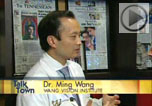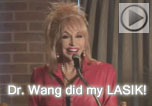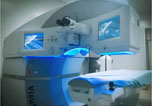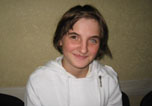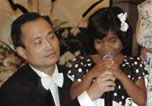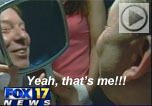- Over 55,000 LASIK and cataract procedures (including on over 4,000 doctors)
- The FIRST center in TN to offer Laser Cataract Surgery
- Introduced bladeless all-laser LASIK to the state
- Implanted the state's first FOREVER YOUNG™ Lens
- The first surgeons in the US to perform a new Intacs surgery to treat keratoconus
- Helped patients from 40 states and 55 countries
- International referral center for cataract surgery and LASIK complications
- Read Dr. Wang's book: LASIK Vision Correction
Why did you decide to have LASIK? Why did you choose Dr. Wang? How has your life changed since your LASIK procedure?
What is your advice for people considering LASIK?
Click to read more
Keratoconus
Wang Vision 3D Cataract and LASIK Center, Nashville, Tennessee
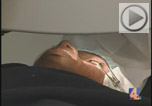 |
To see a video of a 20-yo college student who became the first patient in the state to undergo Intacs for keratoconus, click here |
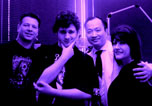 |
To read about a joyful e-mail of Mary Grance Guldeman, mother of Intacs patient Blaze, click here |
What is Keratoconus?
Keratoconus is a disease of the cornea, the front surface of the eye. It tends to involve both eyes, and may be heriditary. The cornea becomes to thin to maintain a healthy shape, and develops a steep area, or "cone". This irregular shape causes distorted vision, and patients often find themselves dependent upon gas permeable (often called "hard lenses") to see. These contact lens fitting become more difficult as the keratoconus progresses, and in time, some patients can no long function with their level of vision and require surgery to correct the condition.
 |
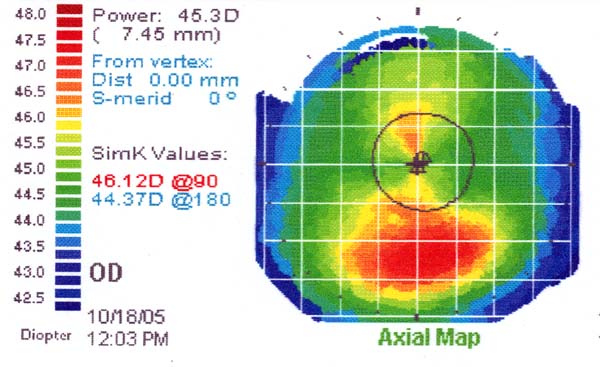 |
Normal astigmatism (Bow-tie shape) which is easily corrected with glasses. |
Note the lopsided bow-tie shape in this patient with keratoconus. Glasses do not correct this astigmatism well because it is not even over the surface of the eye. This is called "Irregualr astigamatism". |
How it is treated?
In the past, surgery meant the patient required a corneal transplant -- taking a doner cornea and surgically implanting this tissue on the eye with keratoconus. These procedures have been done for years, and while it does work well, it carries risks that surgoens like to avoid.
Alternatives for treatment of this condition have become available. INTACS for keratoconus is an FDA approved procedure where plastic segments are gently placed in the cornea to stabilize the shape of the eye in an attempt to halt the disease progression. By restoring the natual shape of the cornea, vision often improves and contact lenses are more easily worn.
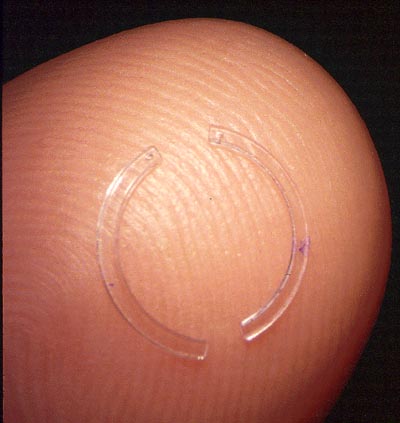 |
|
The INTACS segment are small, plastic segments that are gently placed into the cornea to stabilize Keratoconus. |
The segments remain in the eye as if the pateint never had surgery. they cannot be seen by the naked eye and remain there forever. |
Dr. Wang is at the forefront of clinical research in this area. Patients around the world have sought Dr. Wang's expertise for this treatment, which he only performs using the femtosecond laser, rather than the manual channel maker which Dr. Wang feels is more painful, slows recovery time, and increases risk for perforation and infection. He has also performed INTACS in combination with other procedures to treat severe keratoconus rather than resort to a conventional transplant in pateints wishing to avoid transplants.
Another non-invasive treatment for keratoconus is C3-R® (corneal collagen cross-linking riboflavin). This treatment may strengthen the weak corneal structure in patients with keratoconus. C3-R works by increasing collagen cross-linking, which are the natural "anchors" within the cornea. These anchors are responsible for maintaining the natural shape of the cornea. When the anchors are weak or broken, the cornea developes the steepened areas and the "cone" shape in keratoconus. This technique is awaiting FDA approval and we look forward to using this technique for our pateints in addition to the INTACS treatment for keratoconus.
For more information on treatment for keratoconus, choose experience and technology. Choose Wang Vision 3D Cataract and LASIK Center of Nashville, Tennessee. Call or email us today.
Our new texbooks
A 501c(3) charity that has helped patients from over 40 states in the US and 55 countries, with all sight restoration surgeries performed free-of-charge.




